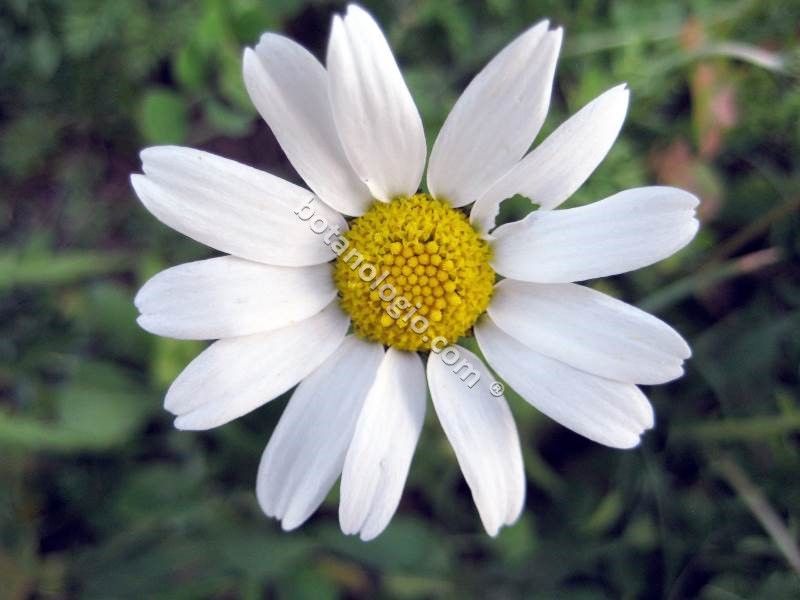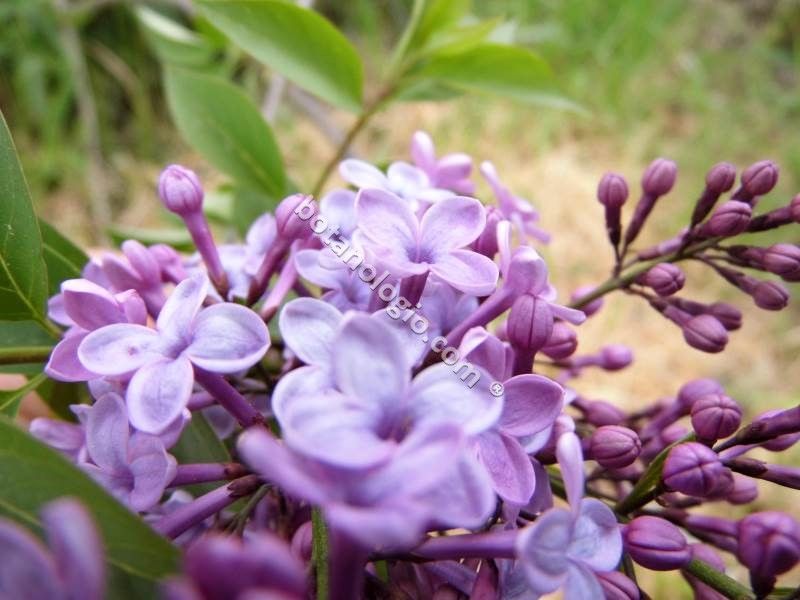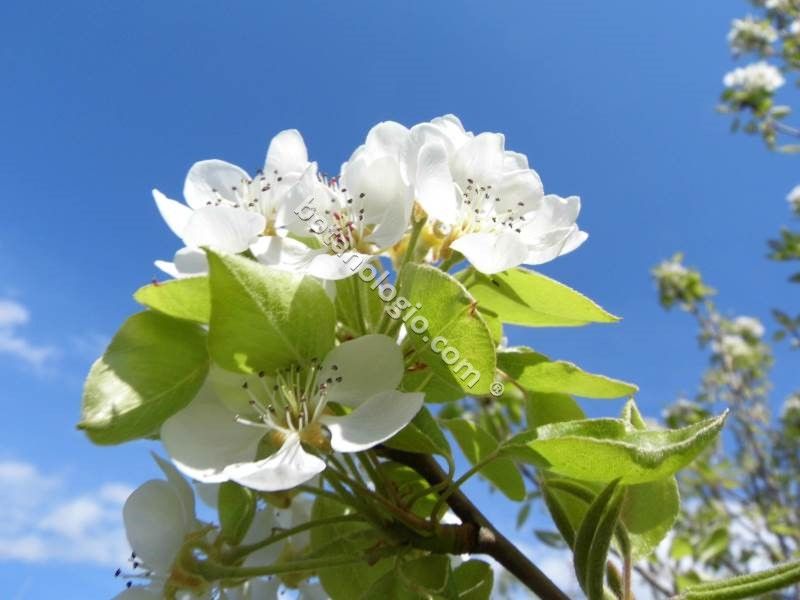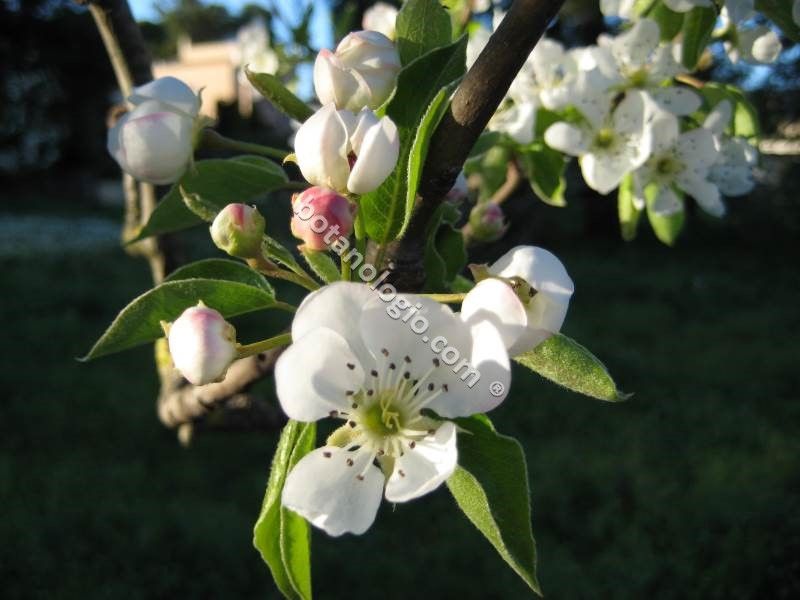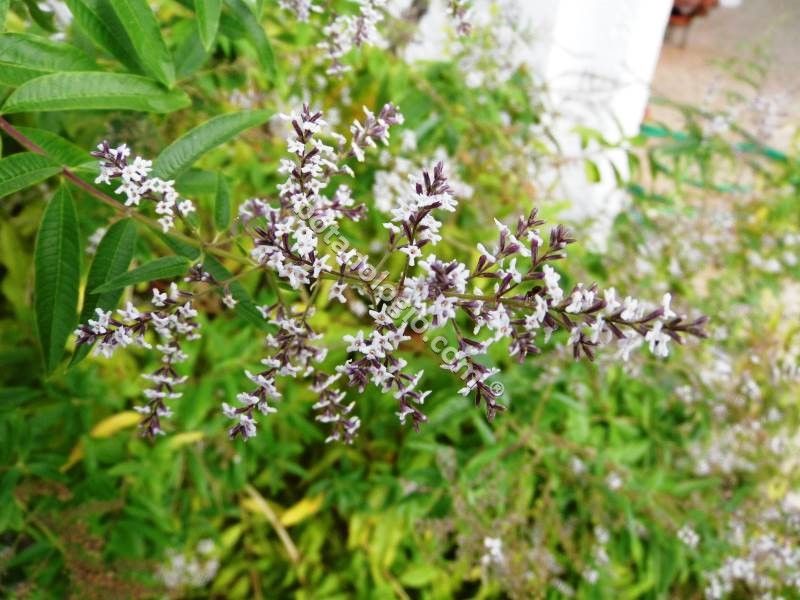Tribute to the olive – part 2 healing properties, cultivation, harvest

It may not be an herb but it’s the pride of the Mediterranean! Read the 2nd part of the tribute to the precious olive tree!
Healing properties
The consumption of olives and olive oil, offers a variety of healing properties and nutrients that are now globally recognized.
Starting with the protection of the heart and blood, the consumption of olives improves the function of the heart as it is a food very low in cholesterol, rich in iron and copper. Studies show that consuming olive oil prevents cardiovascular disease. Of course, polyphenols, which protect the heart and blood vessels, also play an important role. Daily consumption of olive oil reduces the risk of heart attack, high blood pressure and lowers bad cholesterol, keeping it at normal levels. Consumption of olive oil improves blood circulation, better oxygenating all organs.
It is a source of longevity, as the monounsaturated fatty acids contained in olive oil and olives, reduce the risk of premature death from disease.
The polyphenols contained in olives have anti-inflammatory action, an important property that protects the body from inflammation in organs and cellular lesions before they begin. In fact, consumption protects the tissues of our vital organs such as the liver and the brain.
Improves brain function and protects against degenerative diseases. The high content of vitamin E in olives, improves concentration and cognitive function of the brain. So far, studies show that consuming olives and olive oil reduces the risk of Alzheimer’s disease and improves memory.
Olives reduce appetite, offering a feeling of satiety. Both olives and olive oil, of course, provide the body with healthy fats that cover the feeling of hunger quickly and for a long time. In fact, olives have few calories, making them an ideal food for weight loss!
Consumption of olives is believed to reduce the risk of developing cancer cells, due to the strong antioxidant action of olives and its anti-inflammatory action, combined with the protection it offers to the structure of DNA. The studies so far are still in early stages.
Finally, it is worth noting that the consumption of olive and olive oil, was and is an excellent source of vitamins and youth for hair and skin, offering strong hydration and anti-aging!
At the olive mill
The mill is made of stainless steel so that there are no alterations or contamination of the olive oil. The process is simple: we make an appointment early in the mill so that we can bring the olives on the day we harvest them. The result is a high quality olive oil with unchanged nutrients and low acidity.
We empty the olives in the receiving funnel. Then the olives go through a conveyor belt where we remove any branches, while water and air rinse the fruits and remove the leaves. The olives are then passed to the crusher who turns the olive into a paste, the paste proceeds to the paste massage containers where through stirring the paste releases the natural enzymes creating a taste and aroma. We pass to the final stage where the olive oil is separated from the kernel and the flesh.
The process in the olive mill usually does not exceed 1.5 hours and you have your own oil!
The edible olives
The olive has many ways of preparation. Depending on the variety, the thickness, of your mood for pickled or salted olives, whether you like crumpled, whole or engraved.
It’s a huge asset, which is why we’re talking about creating the perfect olive brine!
Depending on the kilos you have to make olives, calculate for each kilo of olives, one liter of water and for each liter of water 100gr. coarse salt. Traditionally for brine we add salt until a raw egg floats in it, but when we make olives it is nice to try new recipes! For lovers of pickled olives, add vinegar to the brine, depending on taste. The minimum is for 1 liter of water – 50ml vinegar and add at will. You can add to the brine extra herbs and spices of your choice, such as thyme, rosemary, marjoram etc. While a little lemon protects and disinfects.
Before putting the olives in the brine, clean them for about 20 days, putting the olives in a bowl with water to cover them and changing day by day.
After putting the olives in the brine, we can start consuming them after 10-15 days (at least). Of course we rinse them well from a lot of salt and try to see if they want more time in the brine to clear better. You can preserve olives in olive oil as well.
*Dissolve the salt very well in the water when you make the brine so that the process is done correctly and all the olives are “cooked”!
Cultivation and care
The cultivation and care of the olive tree starts immediately after the end of the harvest. Prefer planting and pruning to be done in February in warmer areas, while in areas where there is a risk of frost, start planting and pruning in March. Pruning is especially important as it determines the shape of the plant, whether it will breathe adequately and the sun will see the fruits.
Fertilizing for olives is an easy task as there are usually enough leaves that fall from the olive, to provide fertilizer. Avoid weeds and grass on the olive roots so that they do not contaminate the soil and nutrients and water is more easily absorbed by the olive roots. Plowing the soil in the spring, allows the best absorption of ingredients and water, allows the tree to breathe while promoting better soil drainage.
The great threat of the olive tree that needs care every year, is the olive fruit fly. For this of course there are both herbal remedies and chemicals. The olive fruit fly more easily infects olive trees that are fertilized and watered as these insects love moisture. There are eco traps that you should place in the east on every two trees. Many times, depending on the population of olive fruit fly in the area, the traps will have to be renewed.
Watering
Although the olive tree does not need watering and grows in dry soils, or soils with natural groundwater sources, it is important that the first years of planting olives are watered regularly. In fact, irrigated olive groves have the highest yield of olive oil!
How to pick olives from the tree! Harvest
With the sole exception of professionals who have all the tools for faster and easier harvesting, the olive is harvested in the traditional way. You start of course, after you have decided at what stage of ripening you want to pick the olives and after you have chosen which varieties – if you have different ones – you want to become oil and which edible olives.
You definitely need olive catching nets for the fruits that will fall from the branches, harvesting rakes to take the olives off the branches and of course crates or sacks to transport your olives! Good company always counts, especially if you have more than 5 roots that start and picking olives becomes very tedious.
We lay the nets under the roots without leaving gaps and we start to lower the fruits with the rakes, where the nets are underneath. Each time the net is full, we collect the olives in sacks and continue dragging the nets to the next roots. Once the olives are harvested, you do not have more than 2 days to oil them or put them in brine as they begin to oxidize. Pick the olives you want to make in the brine by hand so that they do not get injured!
The harvest starts in November depending on the variety and maturity we want and ends in January.
Green and spicy olive oil is derivered from early olive fruits, produce less oil than ripe, but they have a strong taste and aroma and more antioxidants! To produce 1 kg of olive oil, you need about 6 kg of early olives or 4 kg of ripe ones.
Caution: the fruits that fall to the ground should be collected as if they rot they can create diseases in your olives.
What to watch out for: the olive is not an allergenic fruit, although during flowering, its pollen can cause allergies. Table olives need attention in consumption as they are preserved and excreted in brine, so people with high blood pressure should rinse them well.
Growing, harvesting and creating olive oil and table olives is a job full of love despite the effort! Harvest your olives with your family and dear friends on a sunny autumn or winter day!
herb, herbs, how to make pickled olives, how to pick olives, olive, olive cultivation, olive harvesting, olive oil, olive oil healing properties, olive picking, olives
